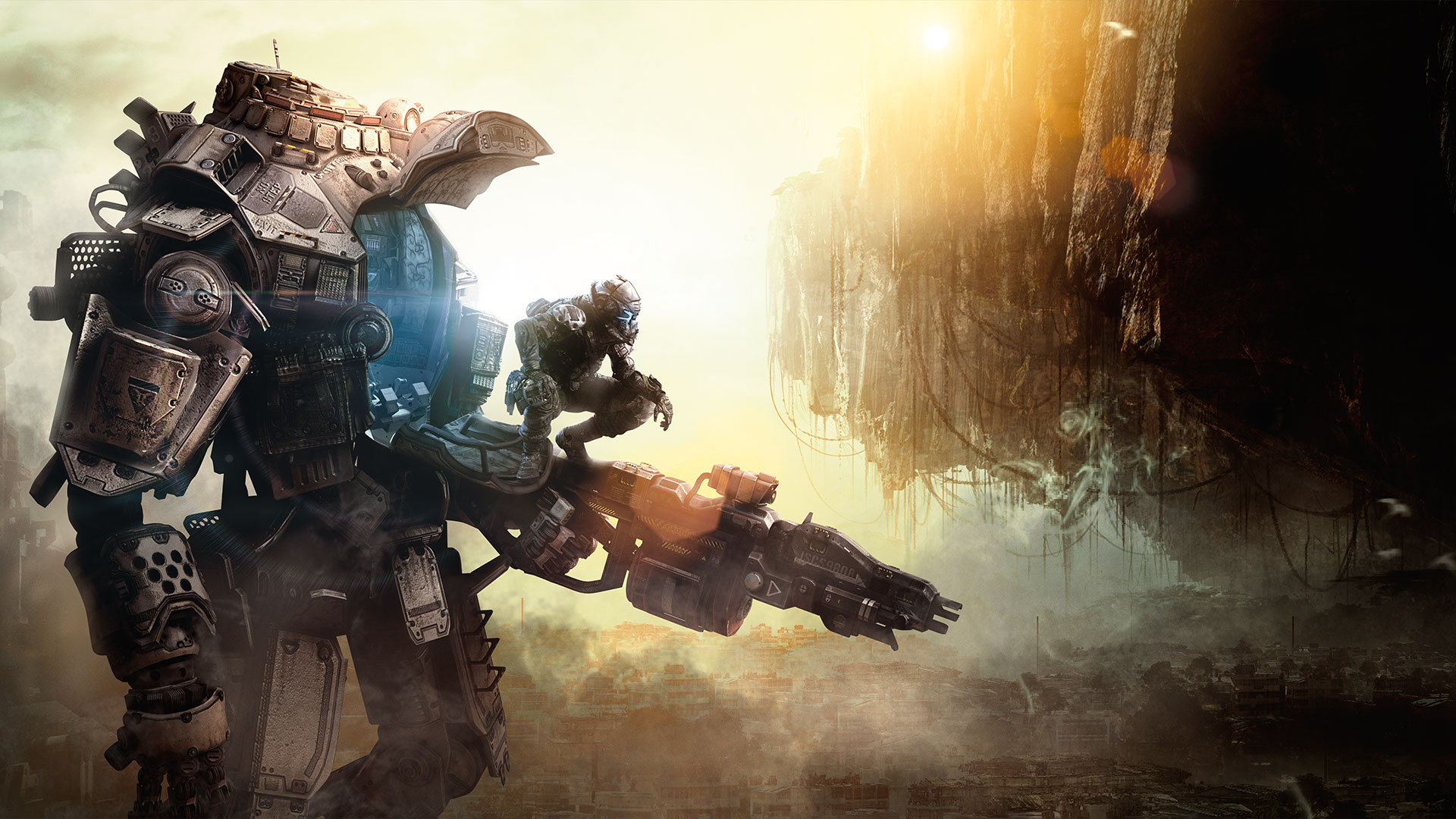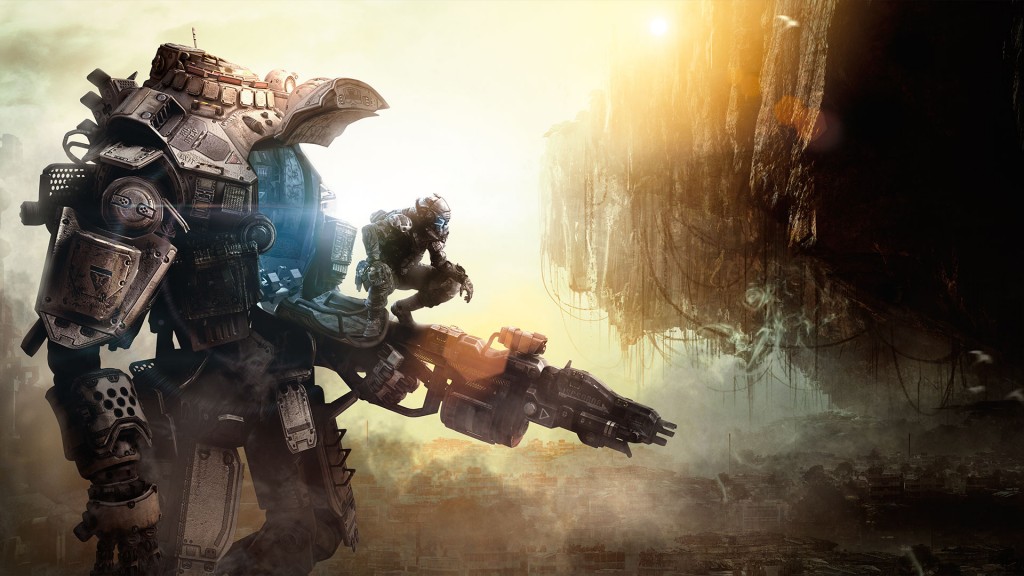By Jeremy Hannaford (Contributor) – Email
Print Edition: April 2, 2014
There are many multiplayer-only games on the market. One of the top contenders — with competition rewarding prizes exceeding $250,000 — is League of Legends. There are also first person shooters such as War Rock or Contagion. These games and many others, however, have always been PC-dominant.
There also have been some console-based games that have tried multiplayer-only in the past. A recent example would be Brink, developed by Splash Damage. But Brink was riddled with bugs and problems that damaged the huge hype it had built up. But when newcomer Respawn Entertainment released Titanfall, any ill talk of consoles was put to rest.
Titanfall is, in short, everything Brink tried to do — done right! Both games incorporate story-based missions into the multiplayer atmosphere. Both have parkour elements that meld with map geometry. Titanfall, however, offers giant mechazoids while Brink offered punkish-looking characters. Unlike Brink, the matches have a fluid framerate. Parkour animations are solid and don’t skip mid-way, ruining immersion. Titanfall is a much better game, both tech-wise and through natural gameplay.
Titanfall is a fantastic mix of single player aspects with multiplayer gameplay. The six vs. six matches become intense very quickly as players engage in high-octane combat both on foot and in Titans. But there are also NPCs fighting each other during the battle. These bots engage with each other and opposing players, helping to mask the small number of actual players in the game. They come in droves and while they are quite simplistic with their attack functions, they possess great animations that mirror that of a human combatant.
Once again, unlike Brink, these bots do not hinder the game. After several playthroughs, they offer little threat, but they reward the player with kill points and a false sense of accomplishment if you are getting creamed by human players.
Designed for all the Mech Warrior, Gundam, or Transformers fans out there, the Titans are loud and proud as they thunder across the battlefield, dealing death with both massive weapons and crushing fists. But as cool as the Titans are, the pilots are just as fun. And it’s not just because they have jet packs and can run along walls. It’s because they can be just as dangerous as the Titans when used correctly.
Titanfall’s balancing is some of the best I have seen in a long time when it comes to size difference. Like an engineer fighting a tank in Battlefield 3, a pilot possesses the weapons and skills to take down a Titan singlehanded. But whereas the tank could simply escape an engineer in BF3 through means of speed, a pilot can keep up with a Titan. Using the layout of the level, a pilot can outmanoevre a Titan and leap onto its back. Taking out the core with several rounds destroys a Titan and rewards the player with a bundle of points. The Titan has defensive measures like electric smoke to stop the pilot, but they can be easily cornered on the more urban-style maps. If I have any complaints with the game, it is that it has a very familiar Call of Duty pacing. The scale of the matches can change rapidly and often you will find yourself cursing each death and defeat.
The one thing that Titanfall and Brink do share in common is a story no one cares about. The downside of a multiplayer-only game is that the player’s concentration is so heavily focused on the combat that the story dialogue and annotations are pointless. There are some cinematic moments that occur, but they come and go without real acknowledgement.
After the colossal technical mess that was and continues to be Battlefield 4, Titanfall is a reminder of what online multiplayer can be. There are still resolution issues to be fixed and there is the odd network issue. Still, Titanfall is a great game — with fighting robots.



